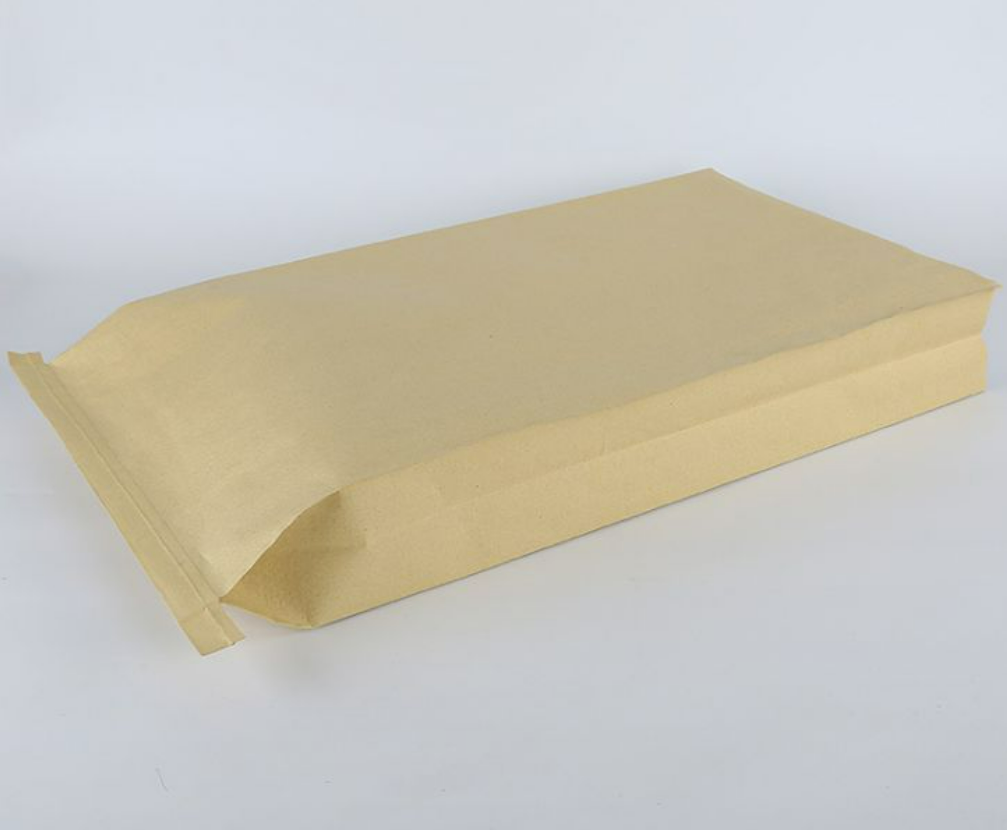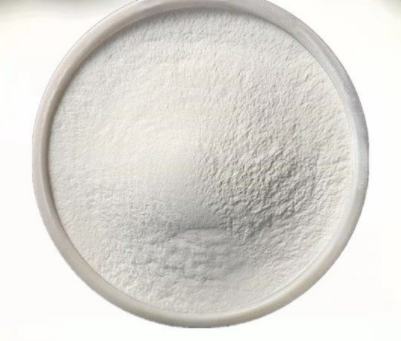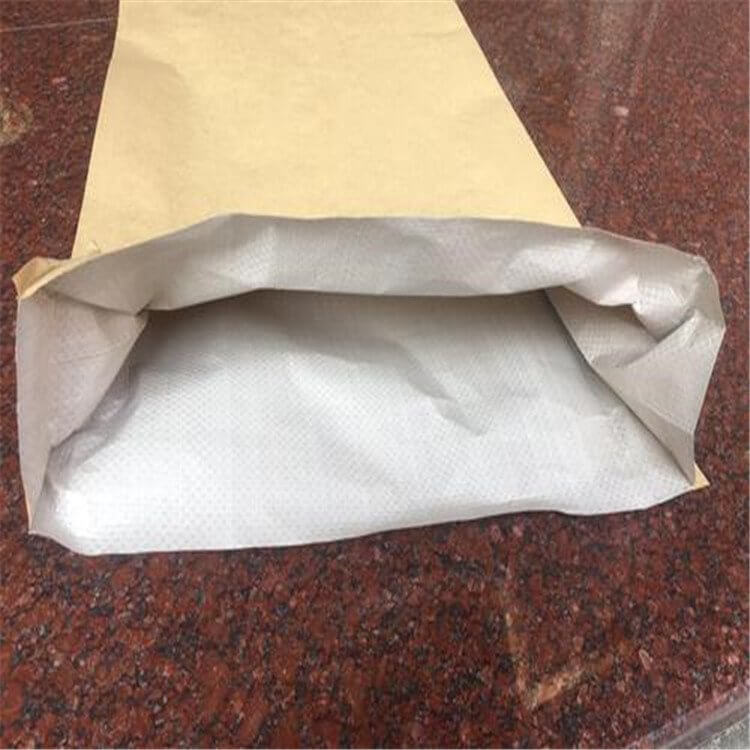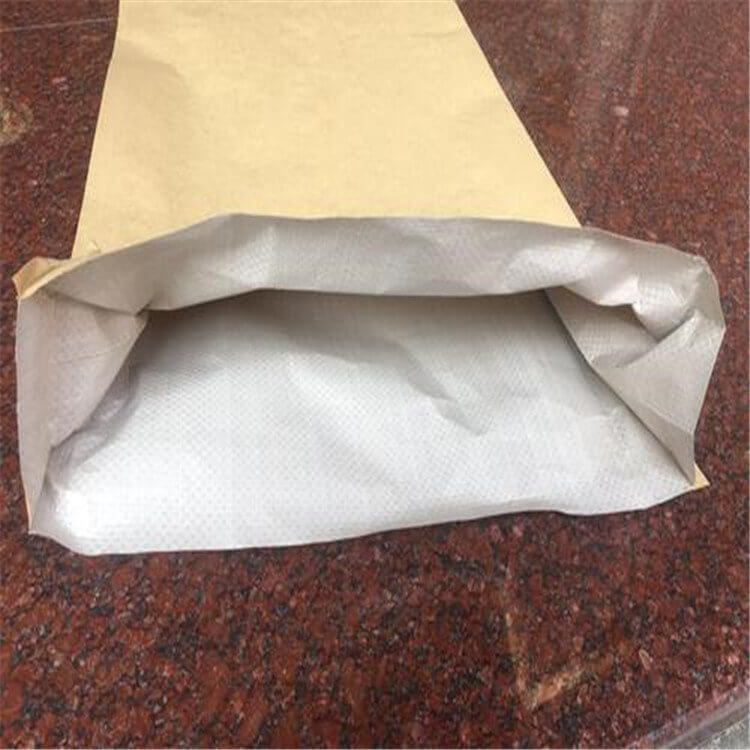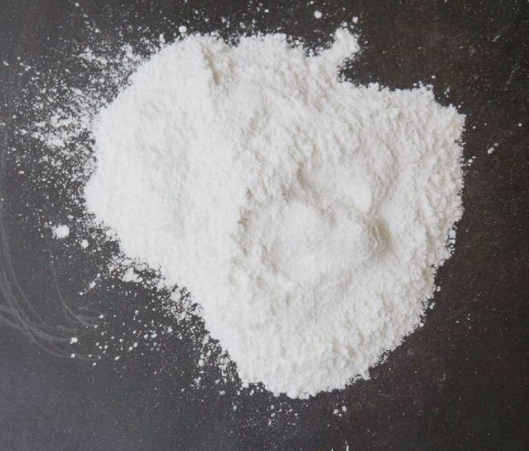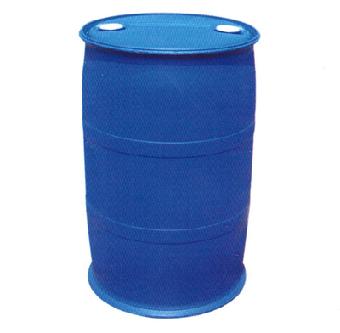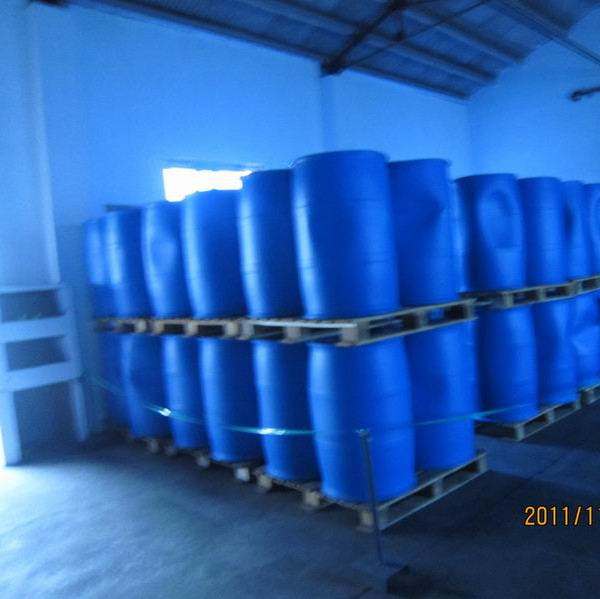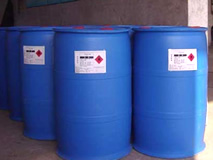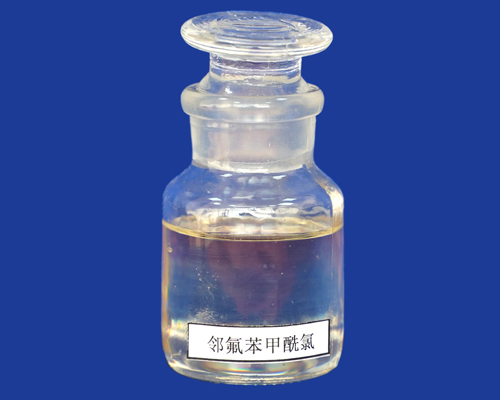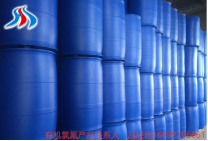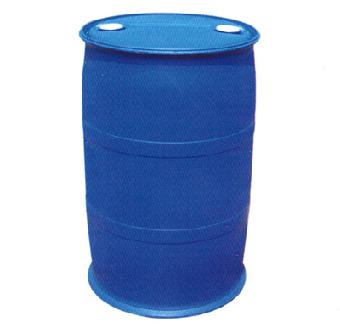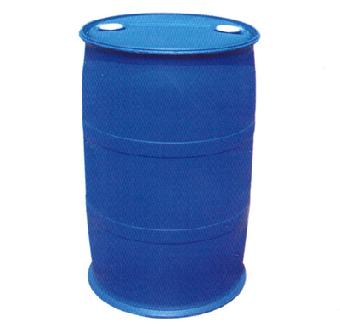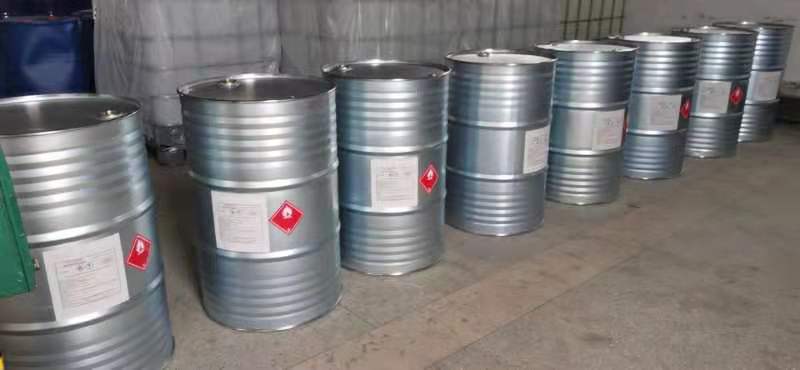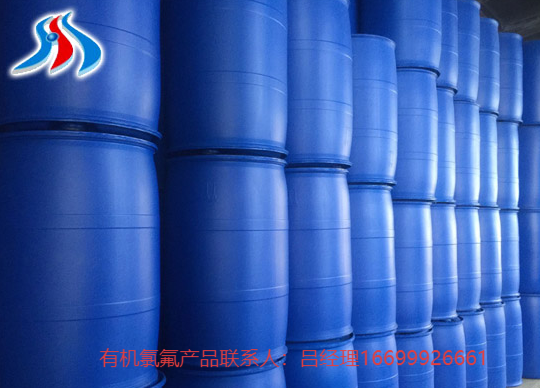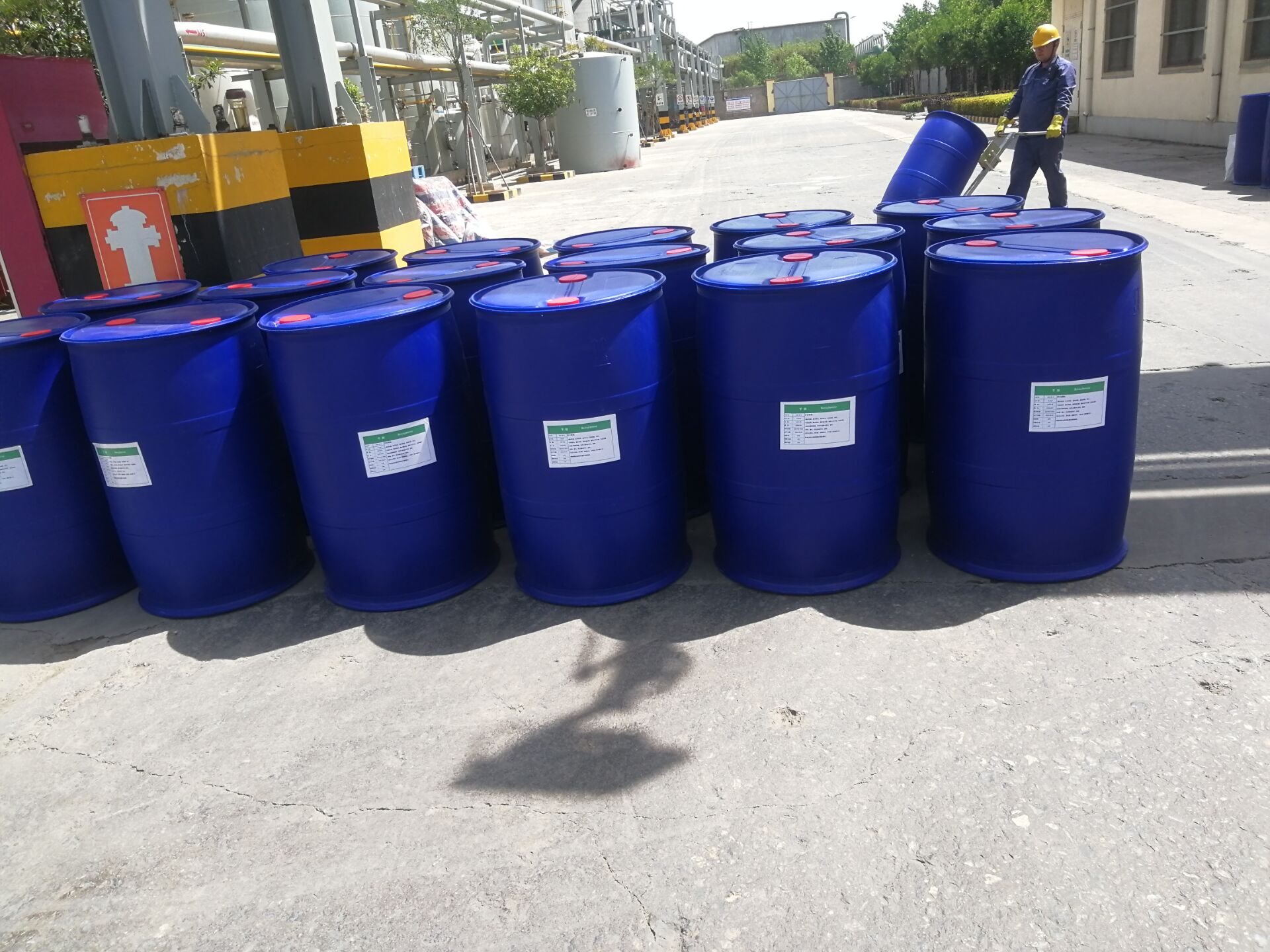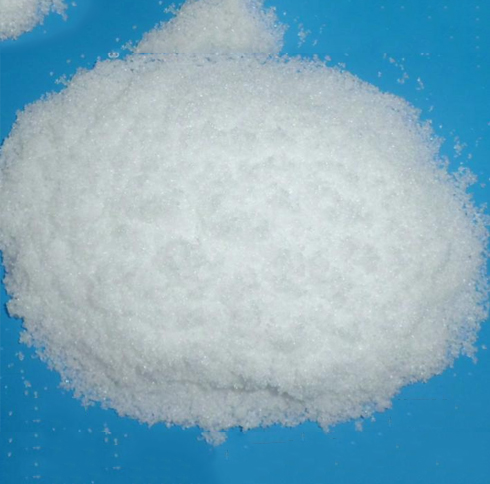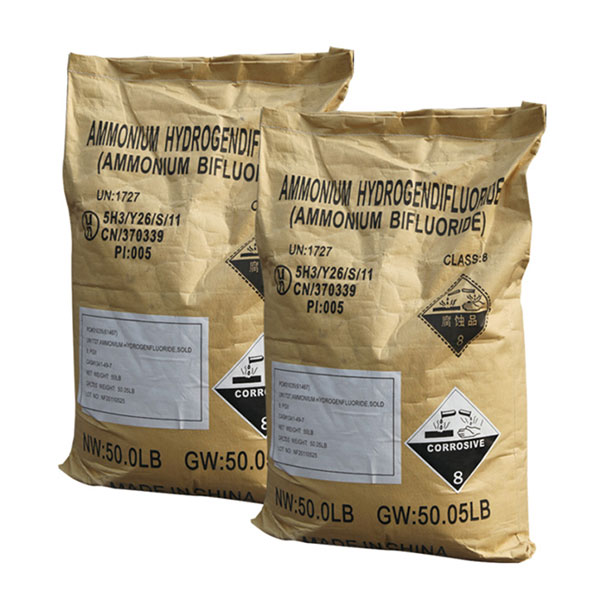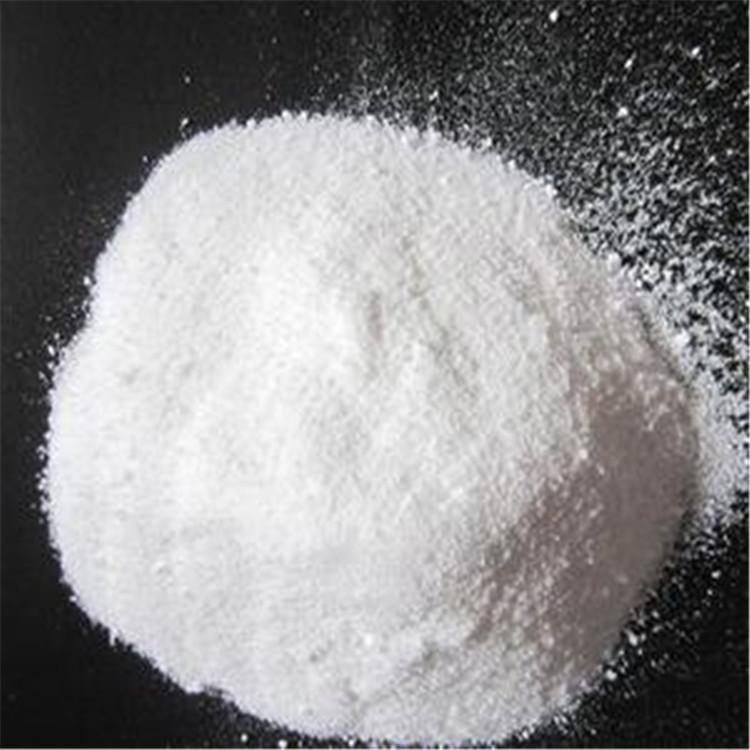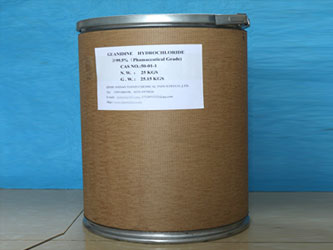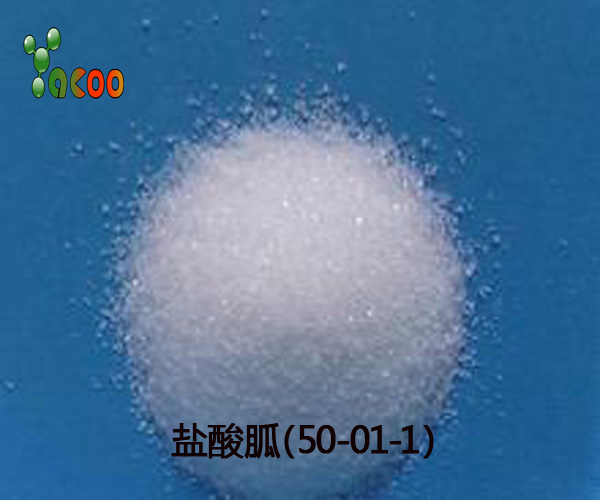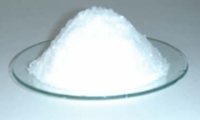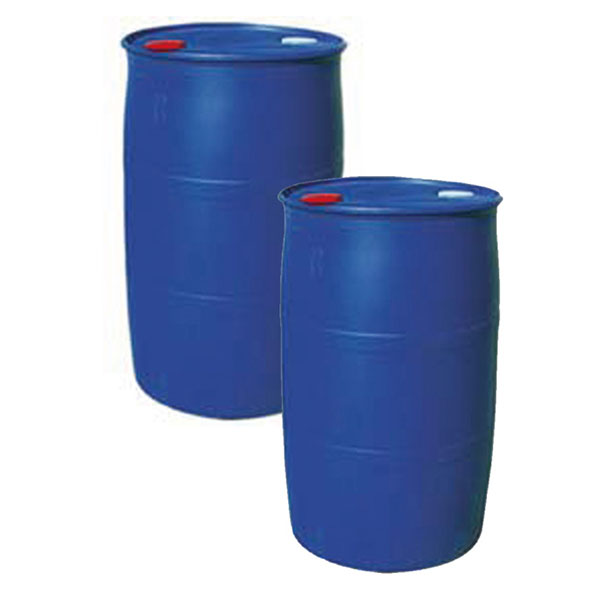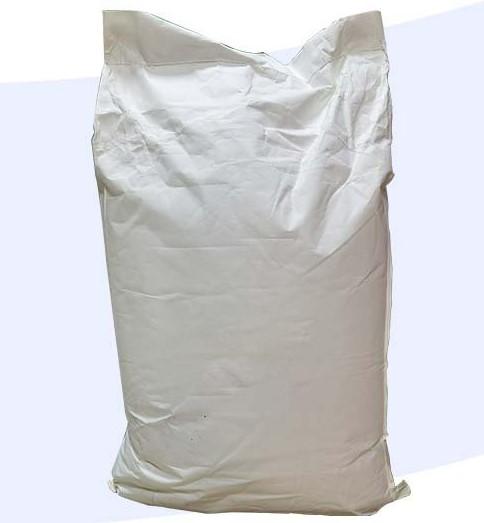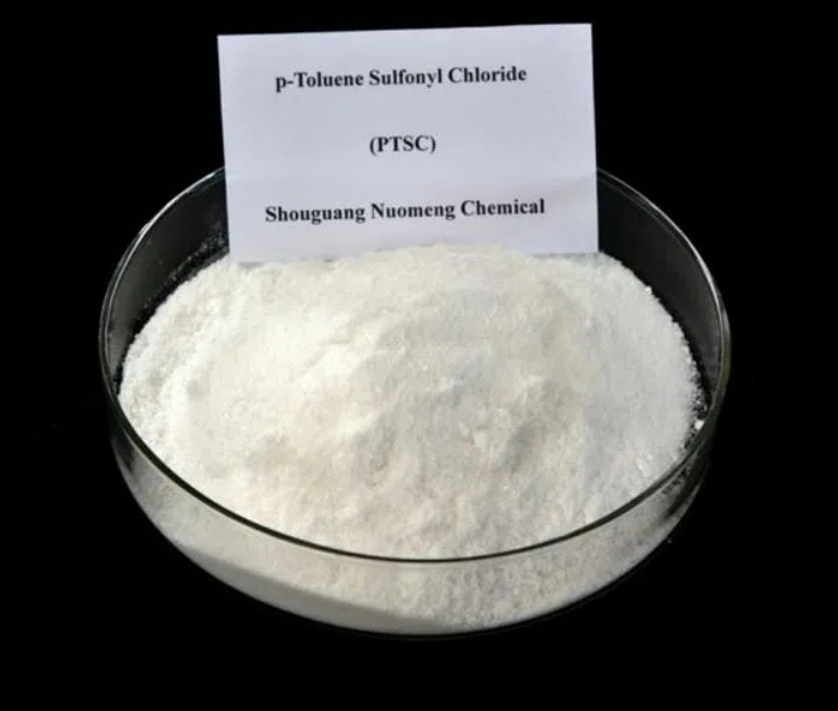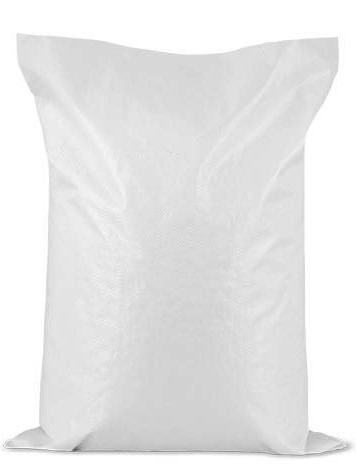Agrochemicals
Find
1818
related chemicals for you
CAS:153719-38-1
Molecular Formula:C4H8N4O3
Alias
More Information
3-Methyl-4-Nitroimino-1,3,5-Oxadiazinane; 3-Methyl-4-Nitroimino-Perhydro-1,3,5-Oxadiazine; 3,6-Dihydro-3-Methyl-N-Nitro-2H-1,3,5-Oxadiazin-4-Amine; N-(3-Methyl-3,6-Dihydro-2H-1,3,5-Oxadiazin-4-Yl)Nitramide; MNIO; Oxadiazine
Brief Introduction
5-methyl-4-n-nitroamino - [1,3,5] oxadiazine is an intermediate of thiamethoxam
Suppliers
View More Vendors (6) >
CAS:393-52-2
Molecular Formula:C7H4ClFO
Alias
More Information
O-Fluoro-Benzoylchlorid; 2-Fluorobenzoyl; O-Fluorobenzoyl; O-Fluorobenzoyl Chloride; 2-Fluorobenzoyl Chlo; Ortho-Fluorobenzoyl Chloride; 2-Fluorobenzoic Acid Chloride; 2-Fluorobenzenecarbonyl Chloride; Orthofluorine Benzoyl Chloride
Brief Introduction
Used as dyes, pesticides and pharmaceutical intermediates
Suppliers
View More Vendors (6) >
CAS:403-43-0
Molecular Formula:C7H4ClFO
Alias
More Information
P-Fluorobenzoyl; Parafluorobenzoyl Chloride; 4-Fluorobenozylchloride; 4-Fluoro-Benzoyl Chloride; 4-Fluorobenzoyl Chlo; Benzoyl Chloride, 4-Fluoro-; Fluorobenzoyl(4-) Chloride; P-Fluorobenzoyl Chloride; 4-Fluorobenzoic Acid Chloride; 4-Fluoro-Benzoylchlorid; Para-Fluorobenzoic Acid Chloride
Brief Introduction
It is used in the synthesis of medicine and pesticide. It is the intermediate of fungicide flumorph.
Suppliers
View More Vendors (6) >
CAS:50-01-1
Molecular Formula:CH6ClN3
Alias
More Information
Guanidinium Chloride; Guanidine Hcl; Guanidine, Monohydrochloride; Guanidine;Hydrochloride
Brief Introduction
Guanidine hydrochloride, chemical name amidine hydrochloride, is a white or yellowish block, almost insoluble in acetone, benzene and ether. It can be used as medicine, pesticide, dyestuff and other organic synthetic intermediates. It is an important raw material for manufacturing sulfadiazine, sulfamethylpyrimidine, sulfadimethylpyrimidine and folic acid. It can also be used as antistatic agent for synthetic fiber.
Suppliers
View More Vendors (6) >
CAS:98-59-9
Molecular Formula:C7H7ClO2S
Alias
More Information
4-Tosyl Chloride; 4-Methylbenzenesulfonyl Chloride; 4-Methylbenzenesulphonyl Chloride; 4-Toluenesulfonyl Chloride; 4-Toluolsulfonyl Chloride; 4-Toluene Sulfochloride; para Toluene Sulphonyl Chloride; p-Toluenesulfonyl Chloride; Benzenesulfonyl Chloride, 4-Methyl-; p-Tosyl Chloride; para Toluene Sulphnyl Chloride; PARA Toluene Sulfonyl Chloride
Brief Introduction
The product is an intermediate of disperse dyes, ice dyes and acid dyes. It is also used in the production of the drug Metsulfuron.
Suppliers
View More Vendors (6) >
Inquiry (
10
/ 10
)
Clear All
You can inquire for up to 10 products at a time
Sign In
Error!

